Operation Wonsan
During the Korean War (1950-1953), United Nation forces (primarily the United States Navy) blockaded the North Korean city of Wonsan, which was seen as a strategic port of the North Korean Navy. Wonsan, located on the southeastern coast, had a large harbor, an airfield, and a petroleum refinery. There were up to 80,000 troops located here as well as several artillery batteries. This blockade helped divert communist troops from the front line and is considered one of the longest naval blockade in modern history.
Naval Blockade of Wonsan
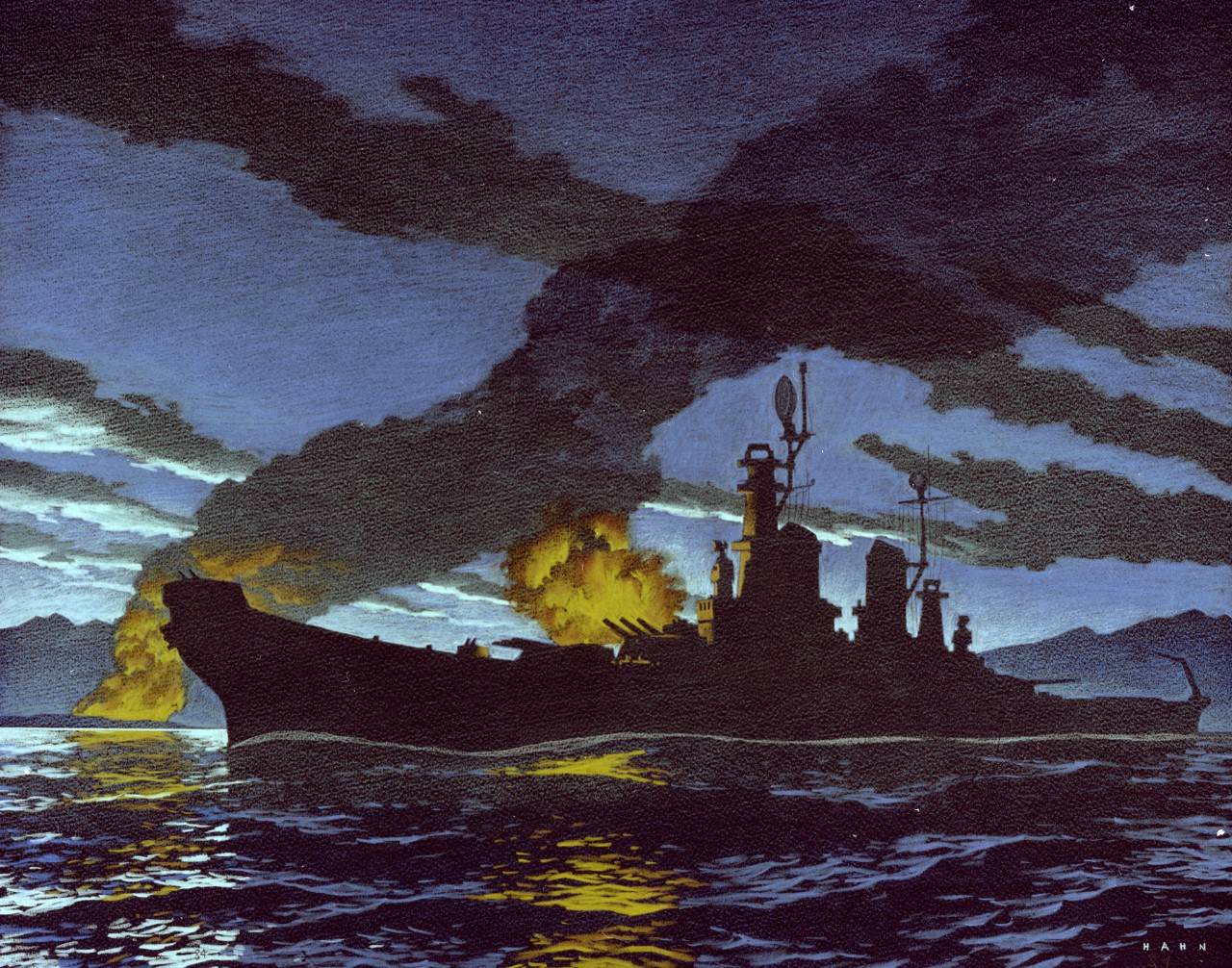 The Soviet Union and China had supplied mines to North Korea which were laid to prevent shipping from entering the harbor area. In October 1950, the USS Pirate and USS Pledge worked to sweep those mines away. Those ships were sunk by the mines on October 12, which killed twelve men and left dozens wounded.
The Soviet Union and China had supplied mines to North Korea which were laid to prevent shipping from entering the harbor area. In October 1950, the USS Pirate and USS Pledge worked to sweep those mines away. Those ships were sunk by the mines on October 12, which killed twelve men and left dozens wounded.
The United States Navy continued to work to clear the mines away as General Douglas MacArthur had ordered the United States Army’s X Corps to make a landing at Wonsan, which was known as Operation Tailboard. Over 30,000 troops embarked on transports and waited for the clearance of the mine fields. While they were awaiting clearance, the North Korean Army soldiers withdrew and the British and South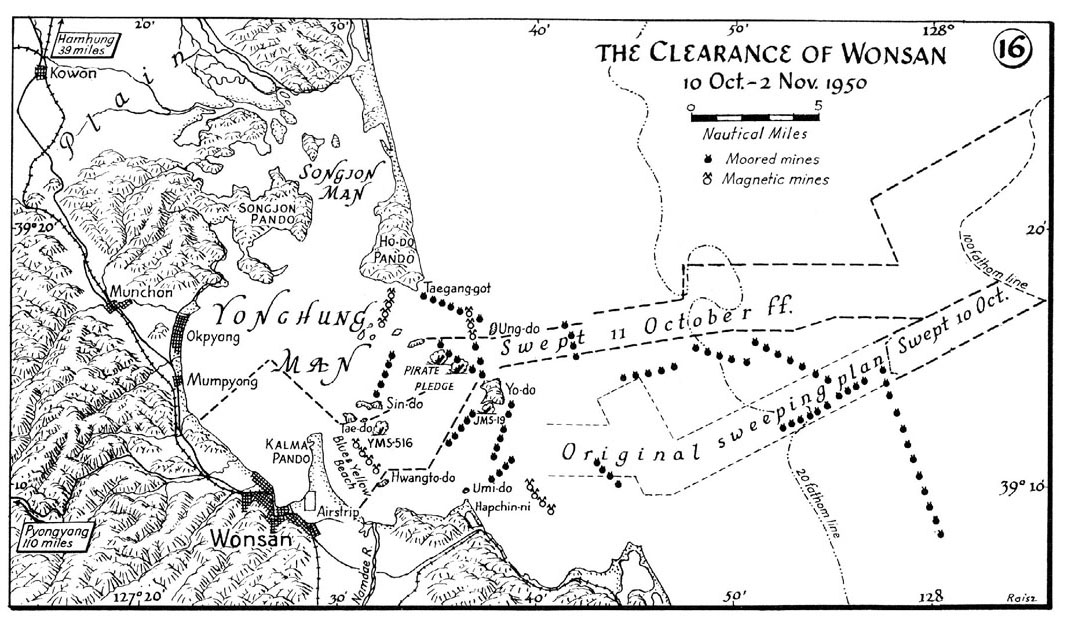 Koreans secured the area making a landing unnecessary. The United States Army’s X Corps would then link up with the 8th Army and had orders to advance towards the North Korean capital of Pyongyang.
Koreans secured the area making a landing unnecessary. The United States Army’s X Corps would then link up with the 8th Army and had orders to advance towards the North Korean capital of Pyongyang.
The blockade of Wonsan lasted 861 days. The United States Navy Pacific Fleet produced more minesweepers after the sinking of the USS Pirate and the USS Pledge. Wonsan was heavily damaged during the Korean War and later rebuilt.
United States Navy Today
As of June 23, 2021, the United States Navy had 8 mine warfare ships. Overall, the Navy has over 280 ships in the fleet. In October 2023, the United States Navy is scheduled to commission one of its newest ships -- the USS Rickover (SSN 795), a Virginia-class submarine.
Interested in Learning More about Naval History?
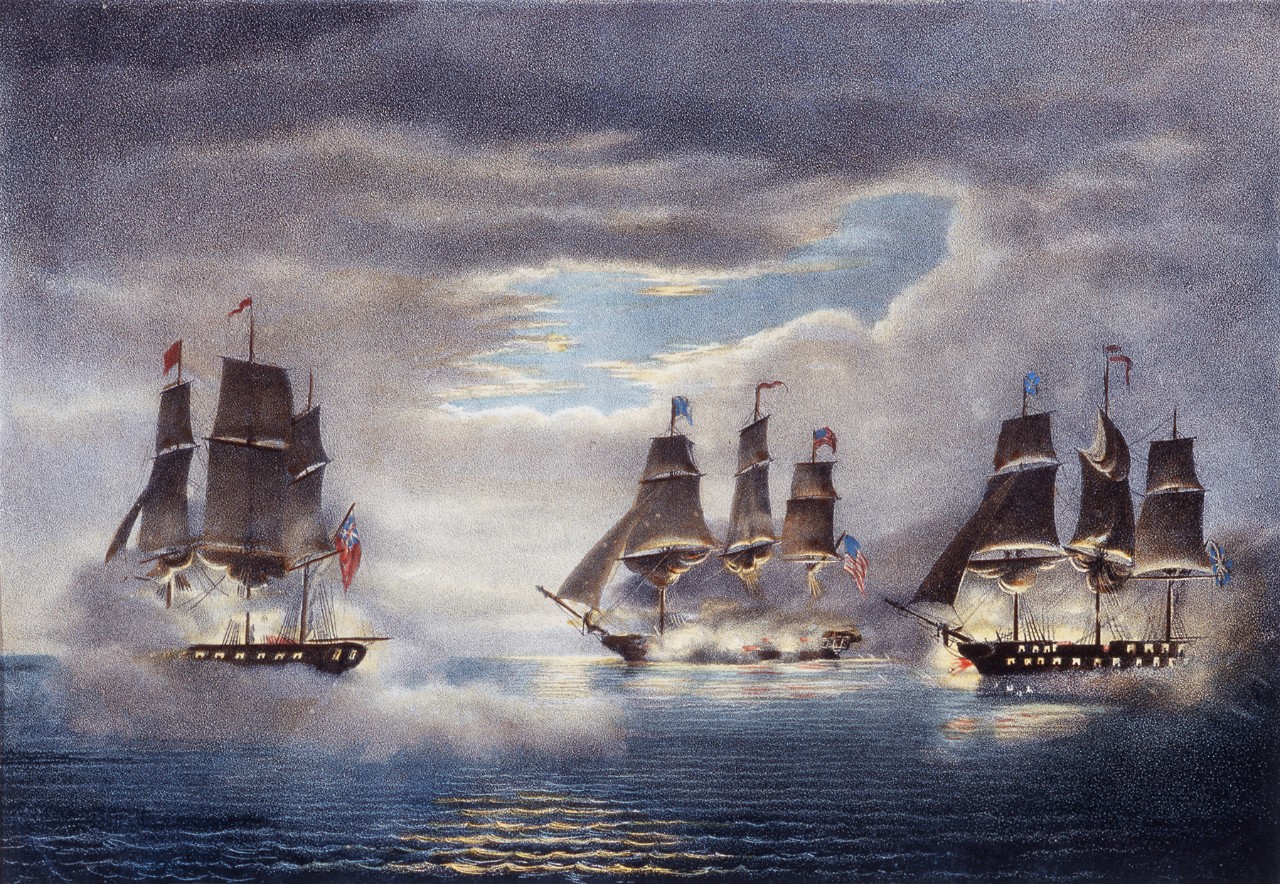 Visit the Museum & Library for our newest exhibit The War of 1812: Countering Peril on the High Seas and at Home which chronicles the conflict through illustrations of figures, battles, and landscapes - both on land and at sea. Opening October 19th.
Visit the Museum & Library for our newest exhibit The War of 1812: Countering Peril on the High Seas and at Home which chronicles the conflict through illustrations of figures, battles, and landscapes - both on land and at sea. Opening October 19th.
For Further Reading about the Navy in the Korean War
E-Books
Who Can Hold the Sea by James D. Hornfisher
Devotion by Adam Makos
Print Books
Alexander, James Edwin. Inchon to Wonsan: From the Deck of a Destroyer in the Korean War. Annapolis: Naval Institute Press, 1996.
Alexander, Joseph H. Fleet Operations in a Mobile War: September 1950-June 1951. The U.S Navy and the Korean War. Washington, DC: Naval Historical Center, 2001.
Breuer, William B. Shadow Warriors: The Covert War in Korea. New York: John Wiley & Sons, 1996.
Cagle, Malcolm W, Frank Albert Manson, and Frank Albert Manson. The Sea War in Korea. Annapolis: United States Naval Institute, 1957.
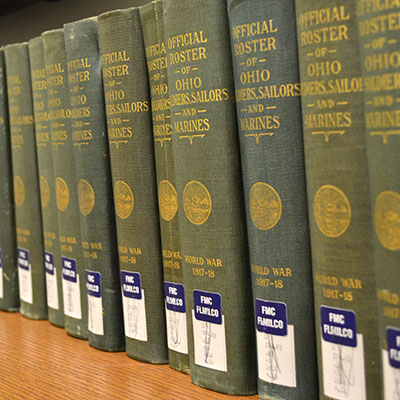
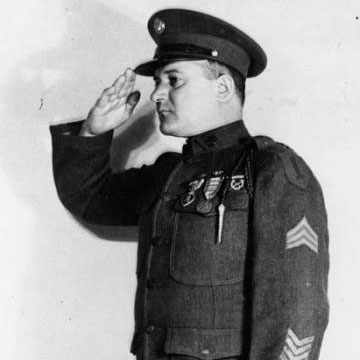

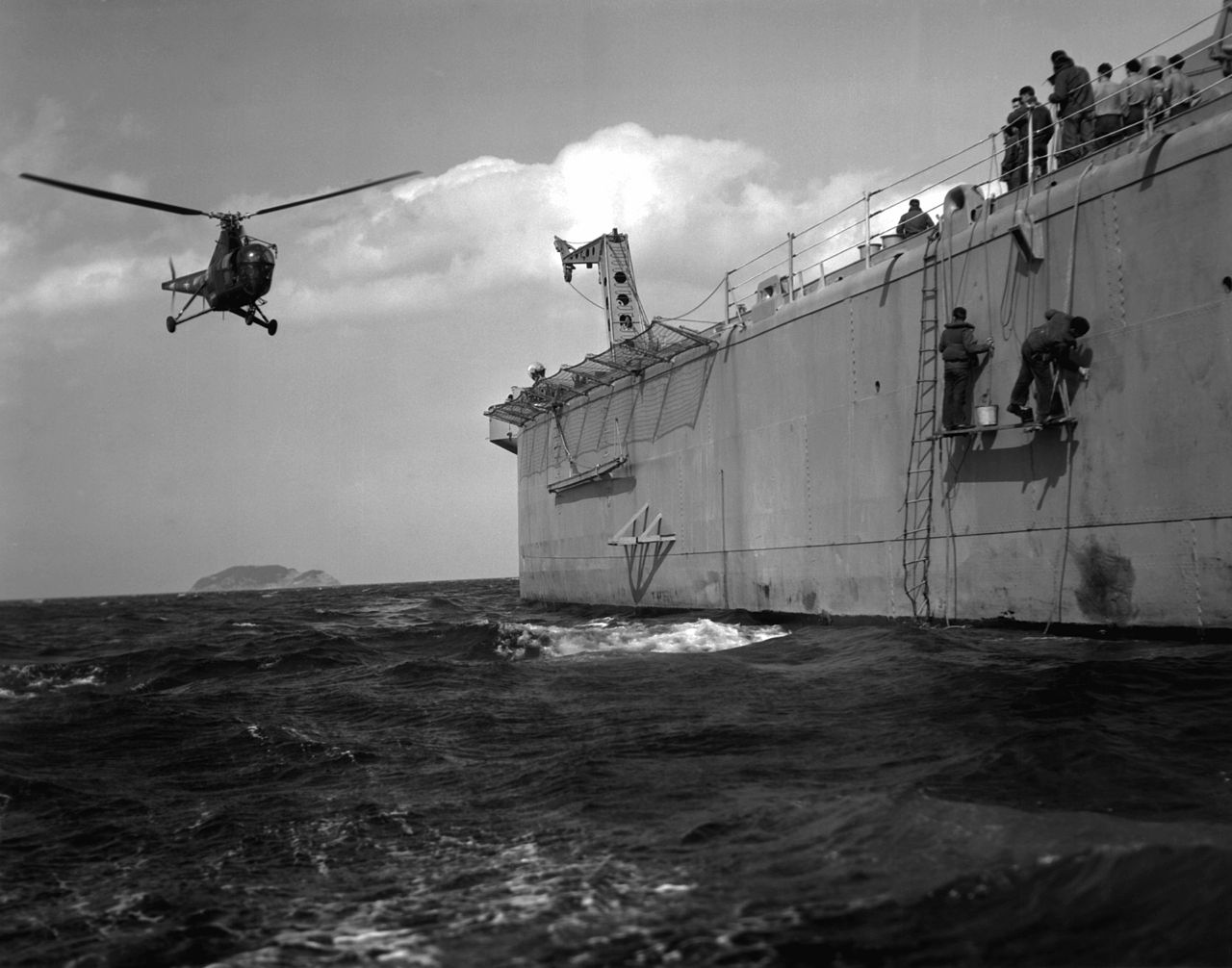
Add new comment